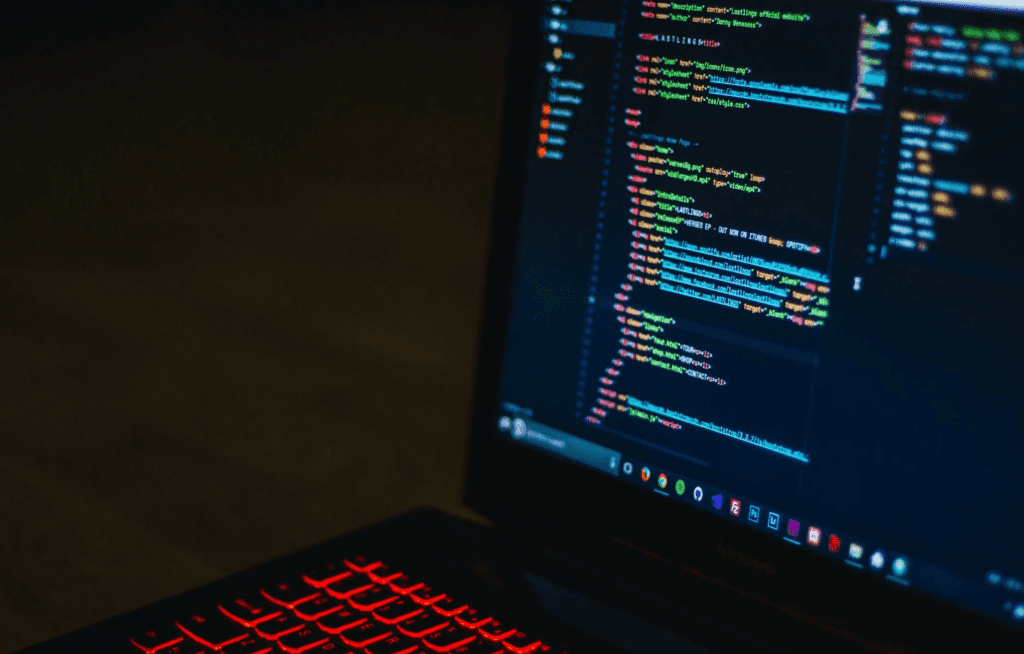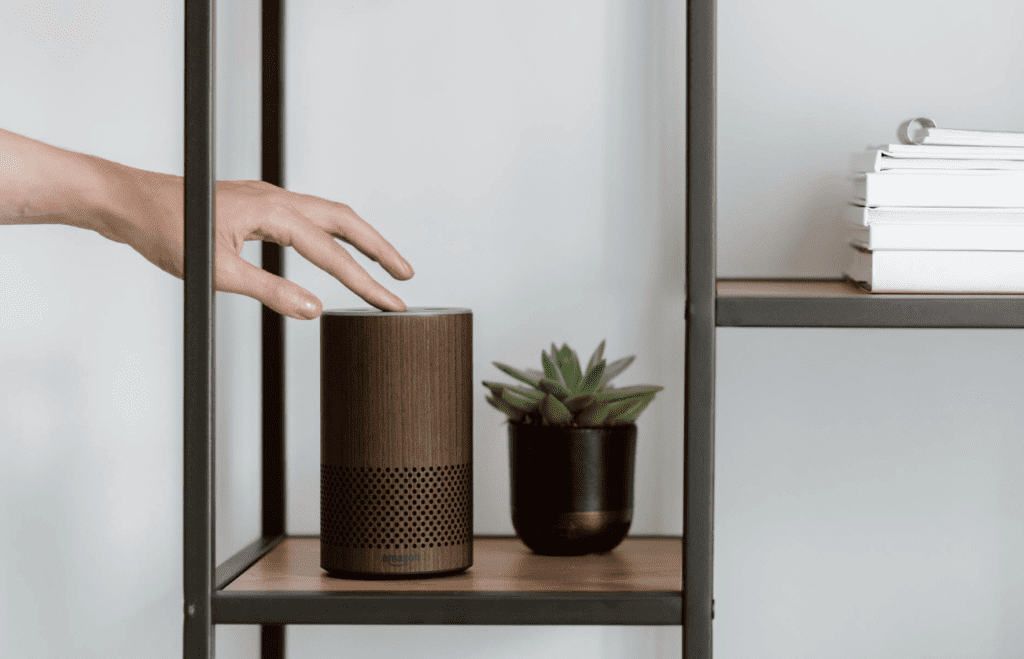Amazon Alexa is Becoming Smarter Through Self-Learning Features
Alexa, Alexa, Alexa. She’s everywhere. From your smart home devices to your television, to car dashboards and even smart fridges—she’s everywhere! Amazon wants its AI system to figure out some things on its own though self-learning. AWS has equipped its DeepComposer with this feature and it was unveiled at re:Invent 2019 in Las Vegas in recent years.

Smart Assistants
When it comes to voice assistants, Amazon Alexa is one of the most popular in recent times. Be it a smart speaker or a smart TV or even an air conditioner, Alexa is present everywhere.
This popularity is not without reasons as the technology behind Alexa is so advanced that it can understand human speech and respond accordingly. In fact, you don’t even need to use full sentences while talking to Alexa as it has been designed in such a way that it understands small words and phrases as well. For instance if you say “Alexa play music” then Alexa will start playing music from any source available on your device(s). This feature makes Amazon Echo series devices very convenient for users who want quick access to their favorite content with minimal effort required from them.
Amazon Wants Alexa to Figure Things Out on its Own Through Self-Learning
While the Alexa team has made a lot of progress with the development of their AI system, there are a few things that Amazon would like to see the system learn on its own. The major example is when you ask Alexa to turn off or dim your lights. At this point, if you ask it to dim your lights, it will ask you which smart light bulbs you have and then set them up accordingly. This process can take anywhere from one minute to five depending on how many different types of smart light bulbs you have in your home — and sometimes it doesn’t work at all!
Amazon would like for their AI software to figure out what kind of smart lighting setup someone has on their own so they don’t have to waste time asking questions or going through setup steps that aren’t necessary for any particular user. This could be done by using something called deep learning — an area of machine learning where algorithms are trained using large amounts of data rather than handcrafted rules programmed by humans (a method known as supervised learning). In other words: self-learning means that machines teach themselves instead of needing humans around all the time telling them how everything works!

What is Self-Learning When We Refer to AI?
When we refer to AI, there are different types of it. Machine learning is one of those. To understand machine learning better, let’s take the example of an AI that can play chess. If a computer is given thousands of games where each player had a different strategy and outcome, it will learn from these examples how best to play chess in order to win against another human opponent or even other computers playing at the same level as itself. This might sound simple enough but what’s happening behind-the-scenes is actually incredibly complex; for example, most modern chess engines parse through millions of positions per second in order to find out which move gives them the highest probability (or score) for winning the game – this involves not only looking at where pieces are located but also how much time each piece takes up on the board.
All this means that computers can think more like humans now! With self-learning features enabled on Alexa devices, if you ask something like “Alexa what do I need today?” you may receive answers based off preferences such as whether or not someone else will be joining you later today (i.e., plans they have made).
AWS’s DeepComposer, Which Launched at re:Invent 2019 in Las Vegas, Has Now Been Updated With Self-Learning Features.
DeepComposer is an artificial intelligence (AI) tool that AWS launched at re:Invent 2019 in Las Vegas. It uses machine learning to generate computer code and automatically create a customized model for your data, but you don’t need to know how to program or have technical skills.
Instead of having to manually write the complex equations typically used in AI models, DeepComposer lets you enter your data into a visual interface and use natural language commands to tell the system what kind of model is required. The software then creates that model using its own self-learning capabilities without any further input from the user.
With this new update, Deep Composer has also added support for object-based audio features like speech synthesis, acoustic modeling and natural language processing (NLP).

Alexa is Becoming More Intelligent With Self-Learning Features.
Amazon has been using this technology for years now, but only recently has the technology become available for third-party developers who want to build voice apps for Alexa devices.
How does it work?
There are four main types of machine learning: supervised learning, unsupervised learning, reinforcement learning and hybrid approaches that combine two or more types of machine learning techniques into one system (e.g., deep neural networks).
Supervised Learning relies on having labeled data points with known classifications in order to train the algorithm (e.g., pictures of cats vs dogs), while Unsupervised Learning involves no labeling of data points at all; instead they rely on algorithms that try to find patterns within the data itself (e..g., clustering similar items together). Reinforcement Learning uses rewards/punishments during training sessions which allow us to identify good behaviors from bad ones. This approach works well when you don’t have access to too much data about how your AI should behave. This is because there isn’t necessarily any way for someone else to tell what would be considered “good behavior” ahead of time! Hybrid Approaches combine these three categories by using specific approaches from each category throughout training phases such as Convolutional Neural Networks (CNNs)/Recurrent Neural Networks (RNNs).
Conclusion
Having a voice assistant like Alexa that is able to understand and react on its own is beneficial for everyone. It will make it easier for people who are not tech-savvy as well as those who don’t have much spare time on their hands. We hope to see continued efficiency with this smart device!

